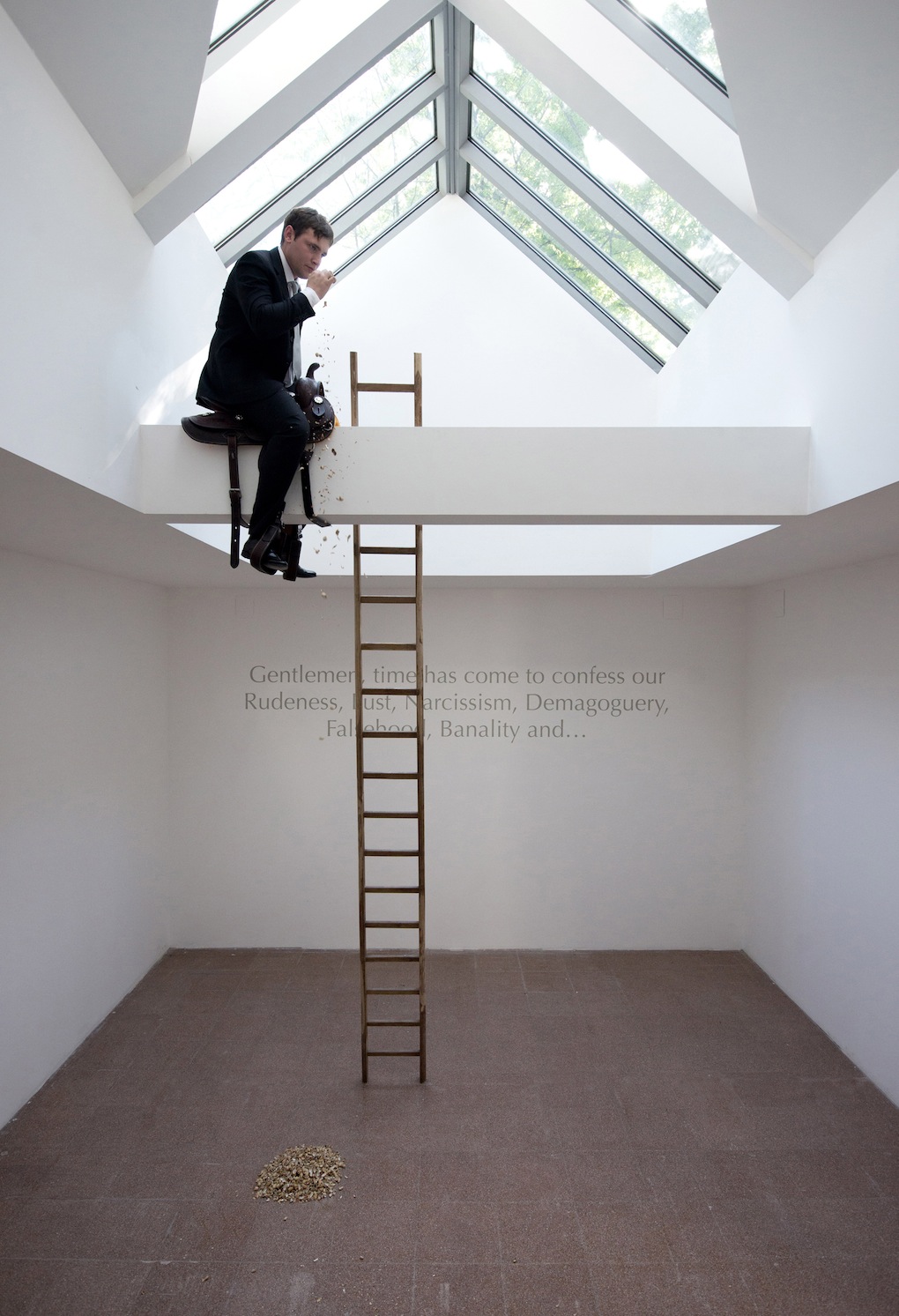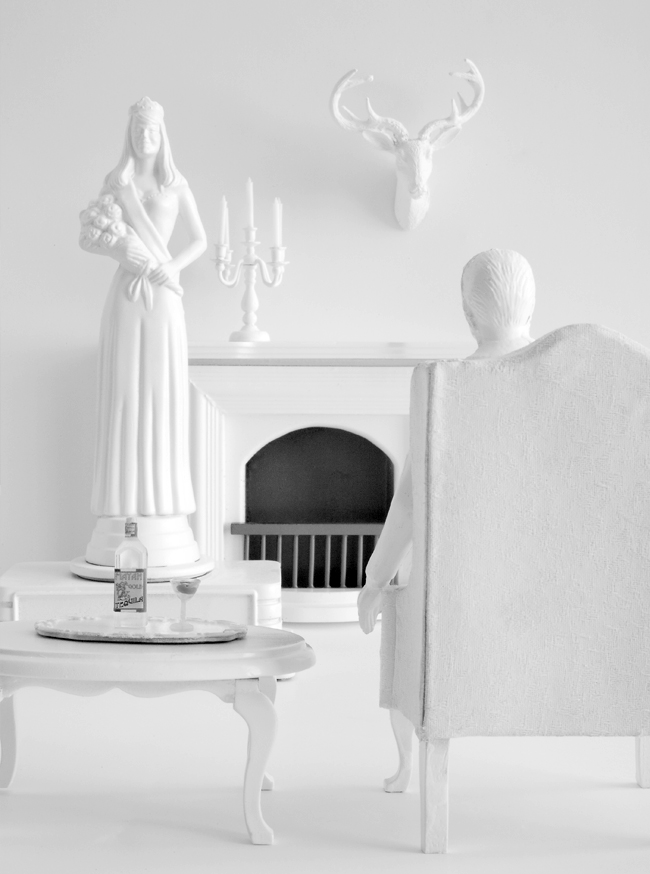
Bohyun Yoon
Mirror Armor
Being entrapped in narcissism is like a “self-jail”. Placing the mirror armor fixtures over my nude body causes the viewer to see the pixelated and fragmented image of myself. Usually covering, hiding, pretending to be a version of myself on the outside, therefore, “good looking” seems more of decoration or in itself a type of armor suitable for public viewing. Will these mirrors of self reflection cause me to wonder who I am on a deeper level? To discover who I truly am, what I am afraid of, why I waste my life without discovering my inner self. I constantly struggle with how I can break this boundary because I want to wake from this oblivion.


